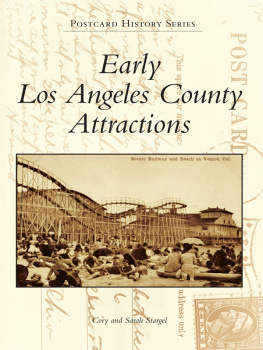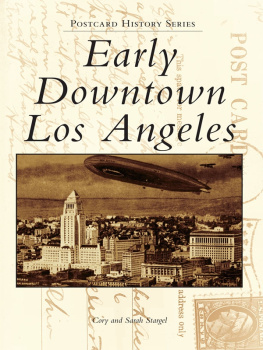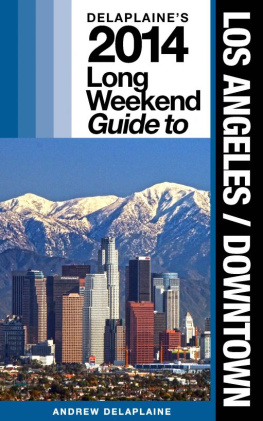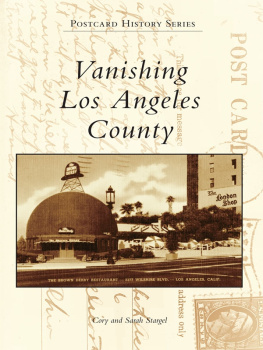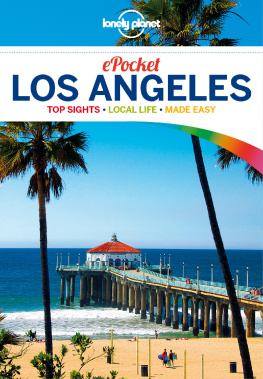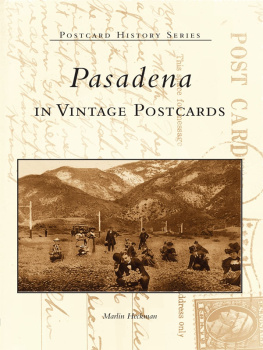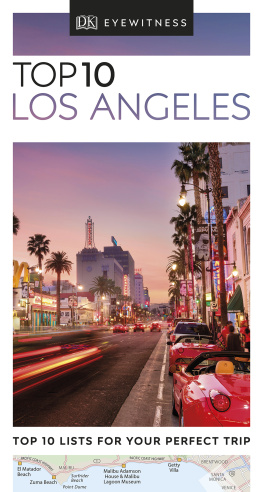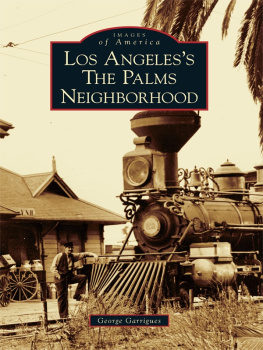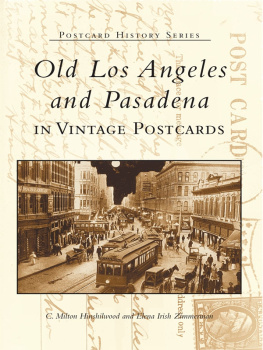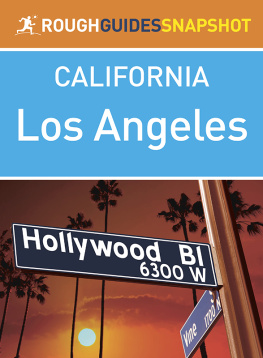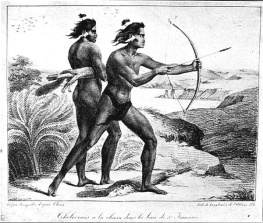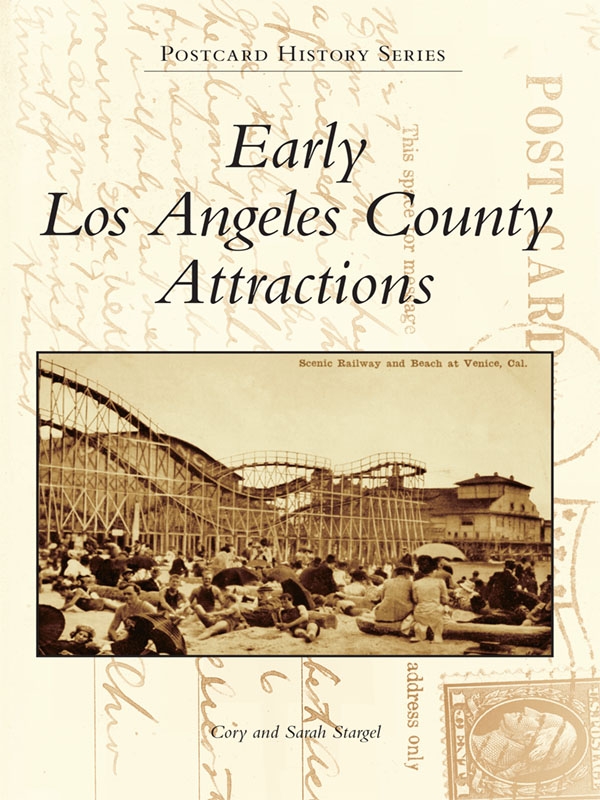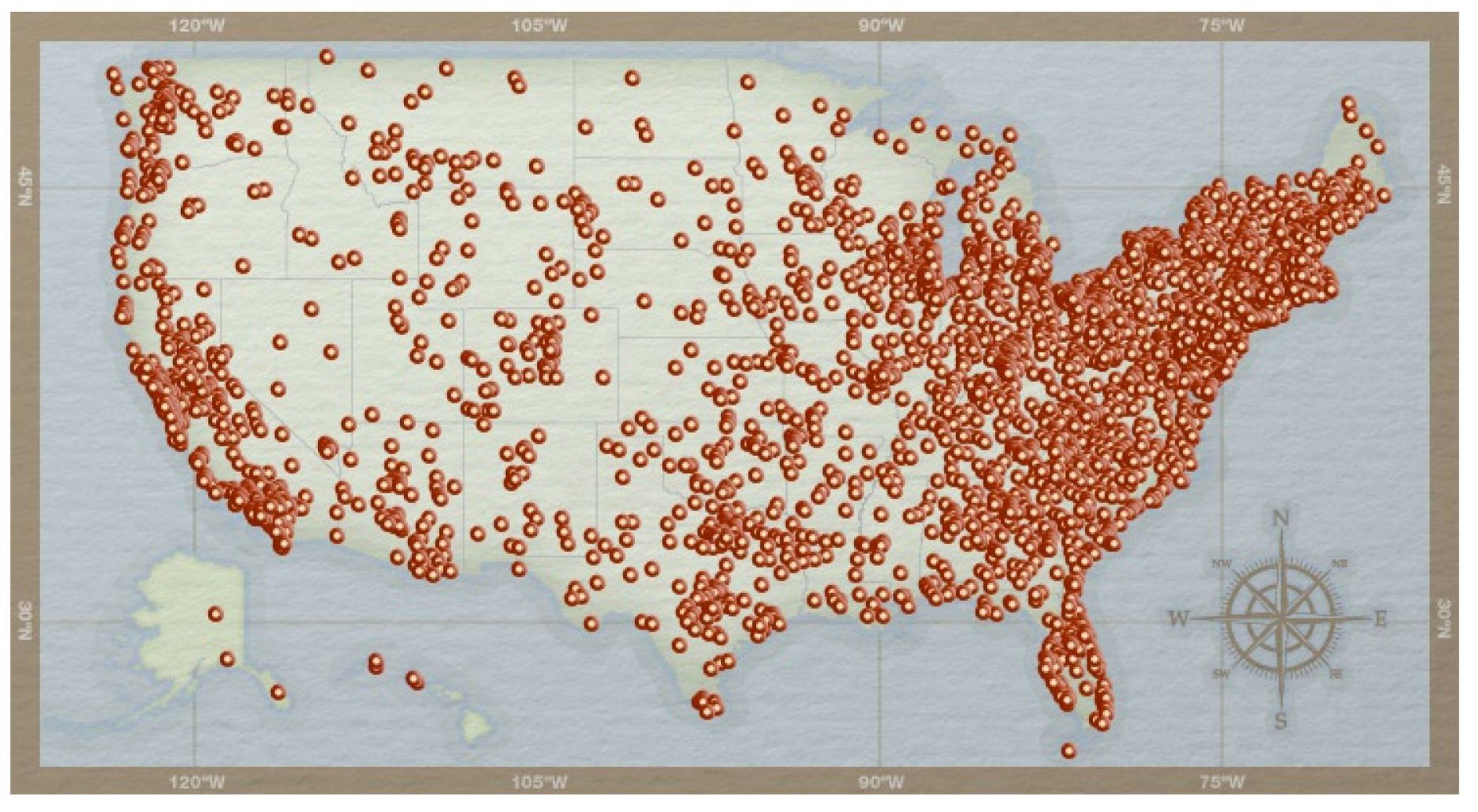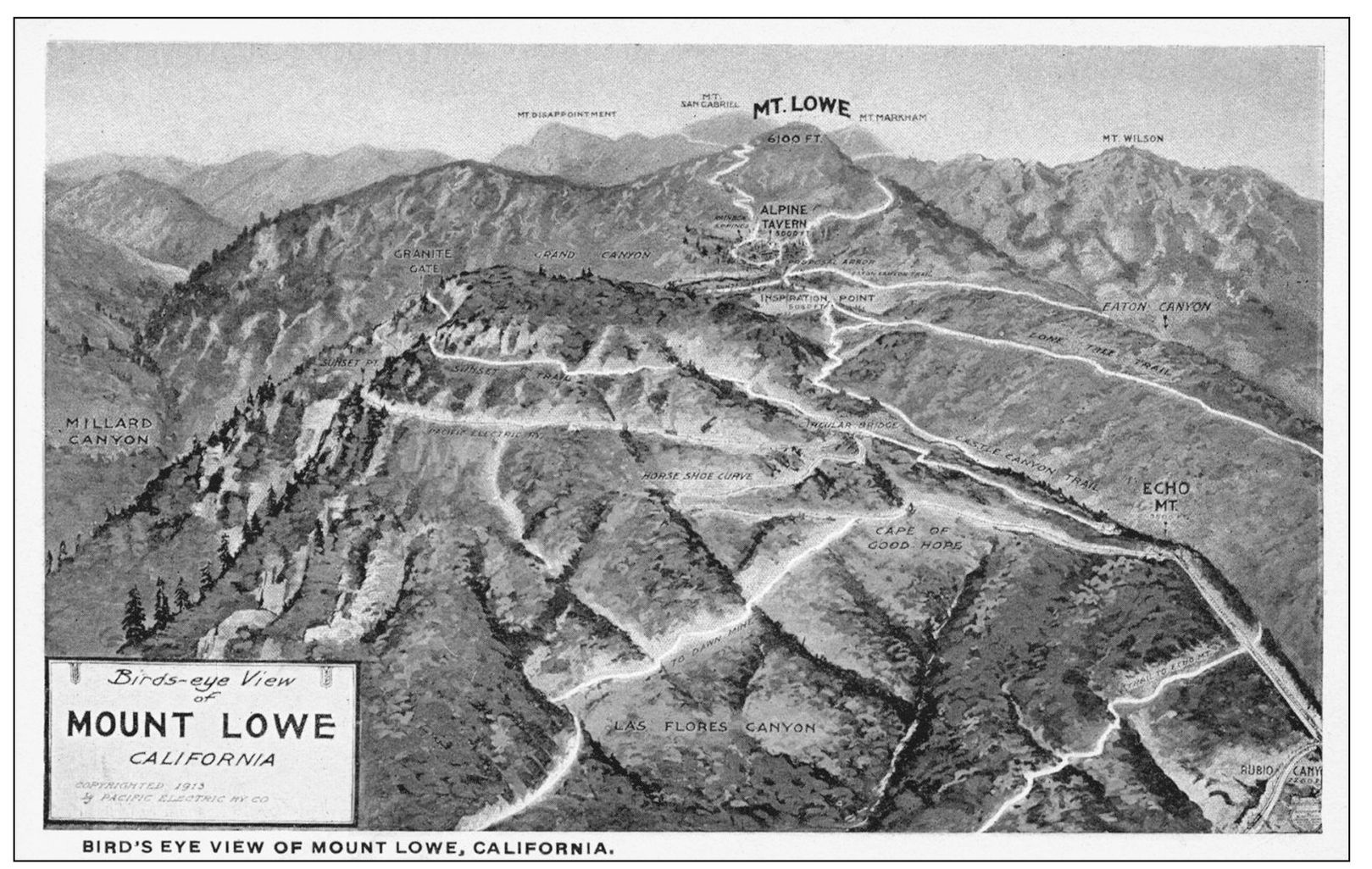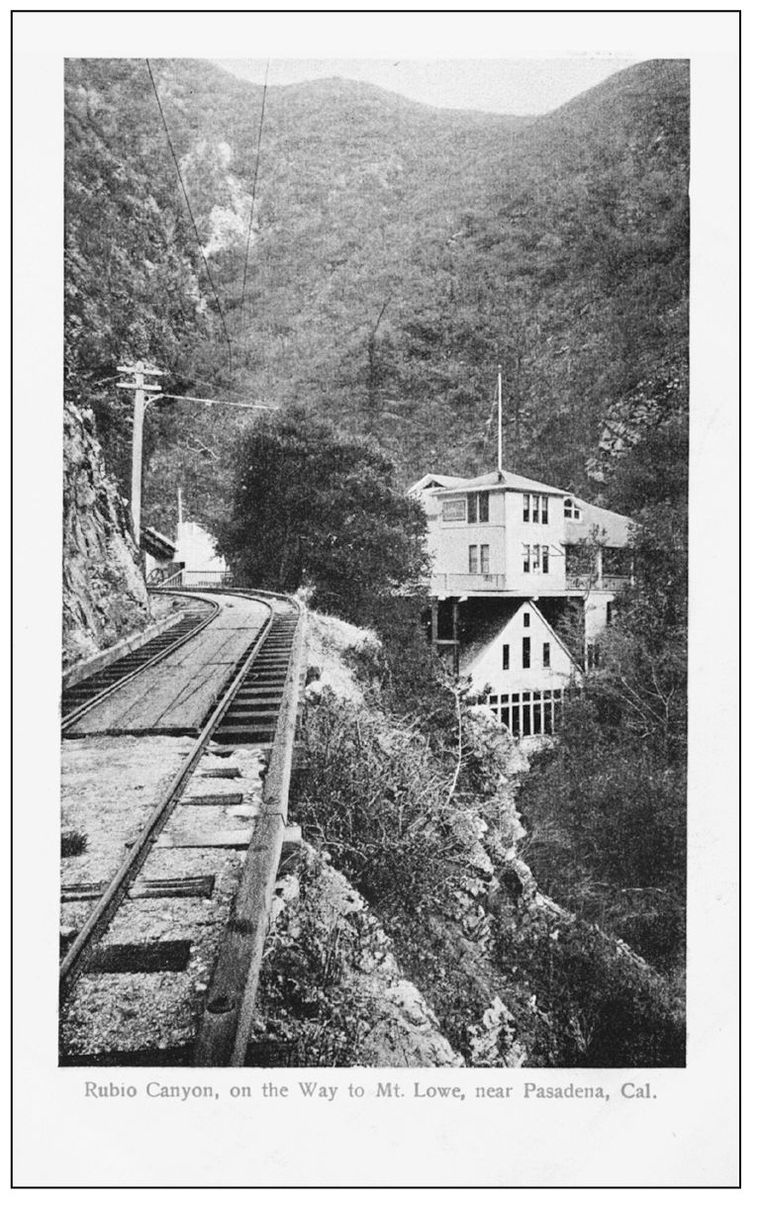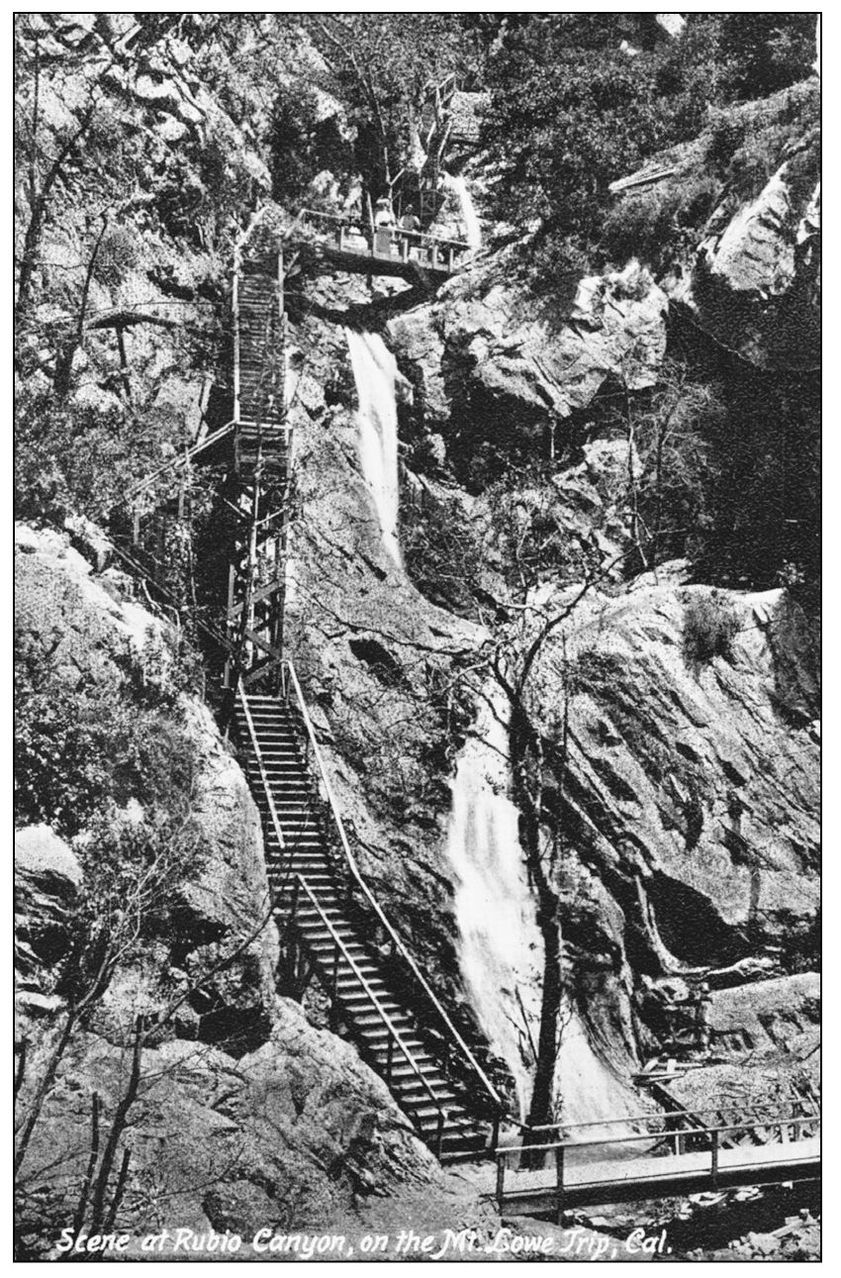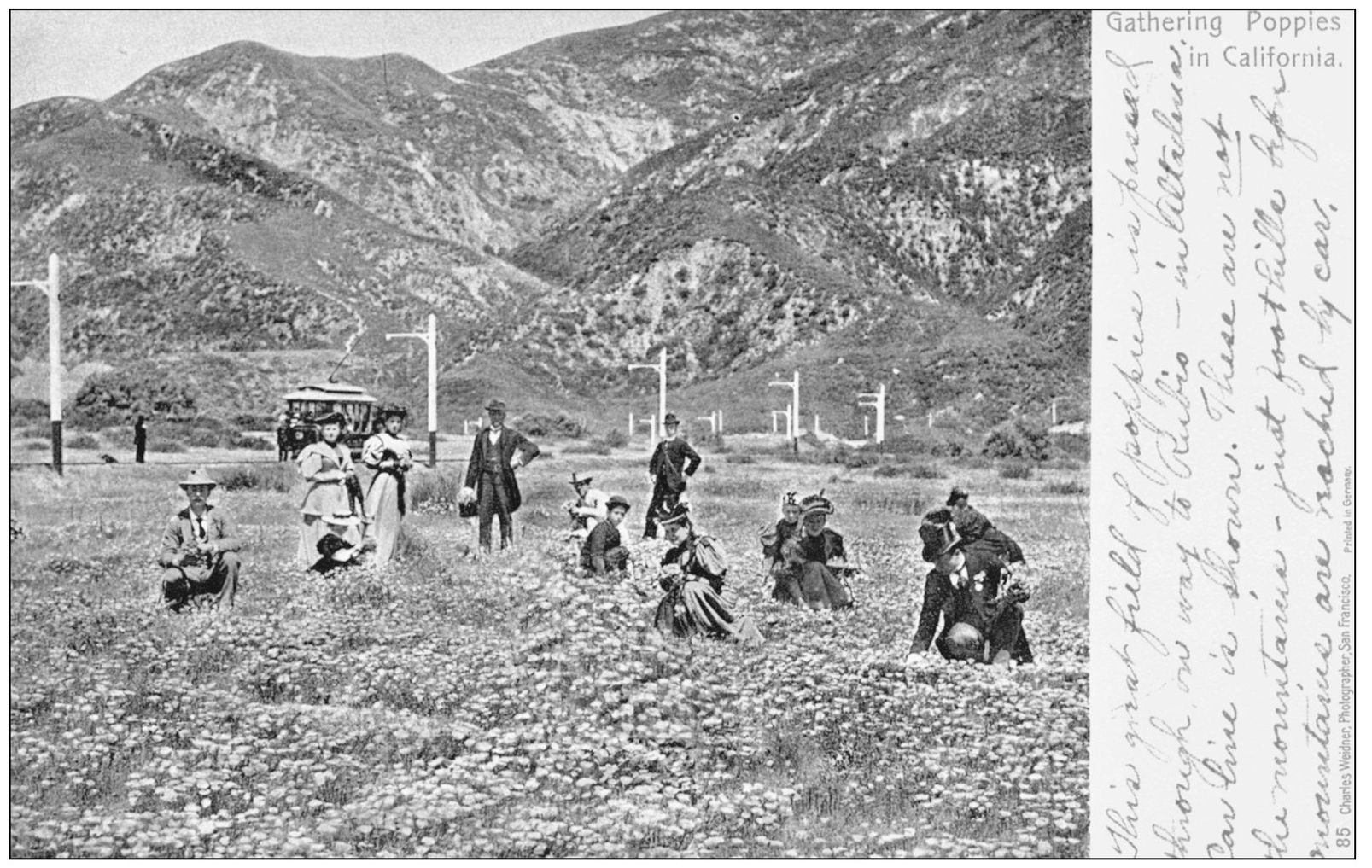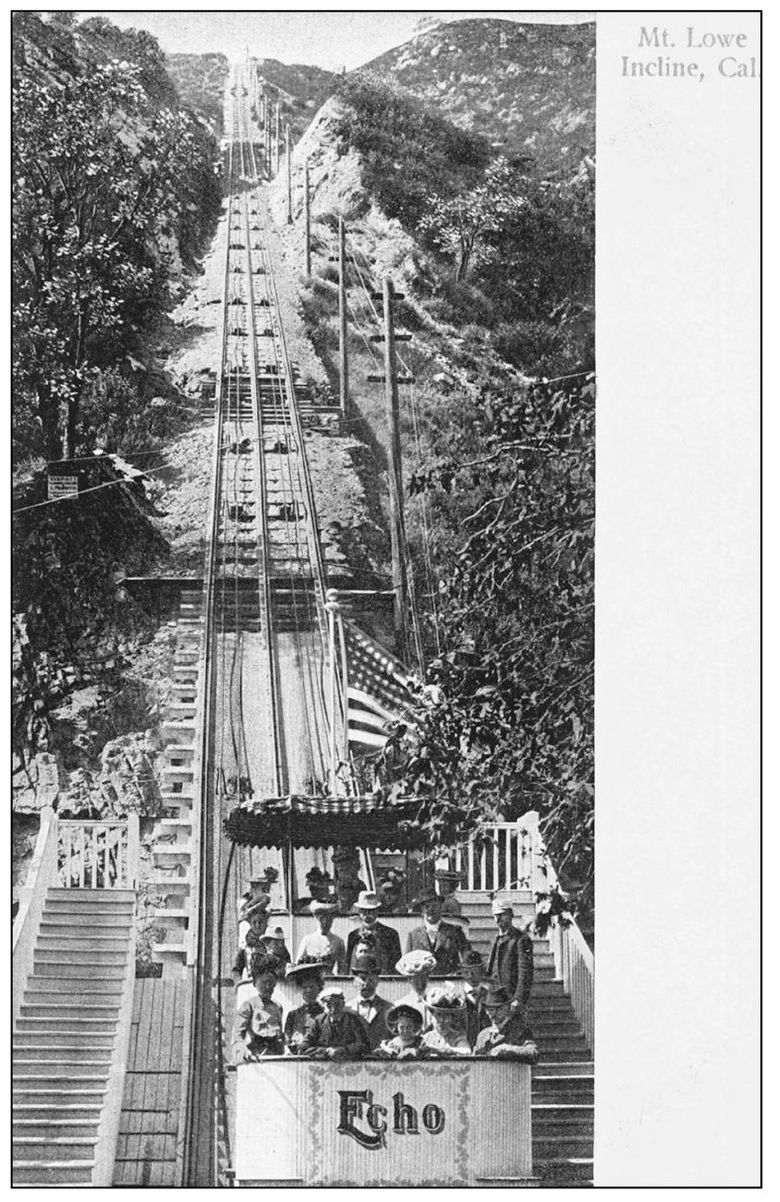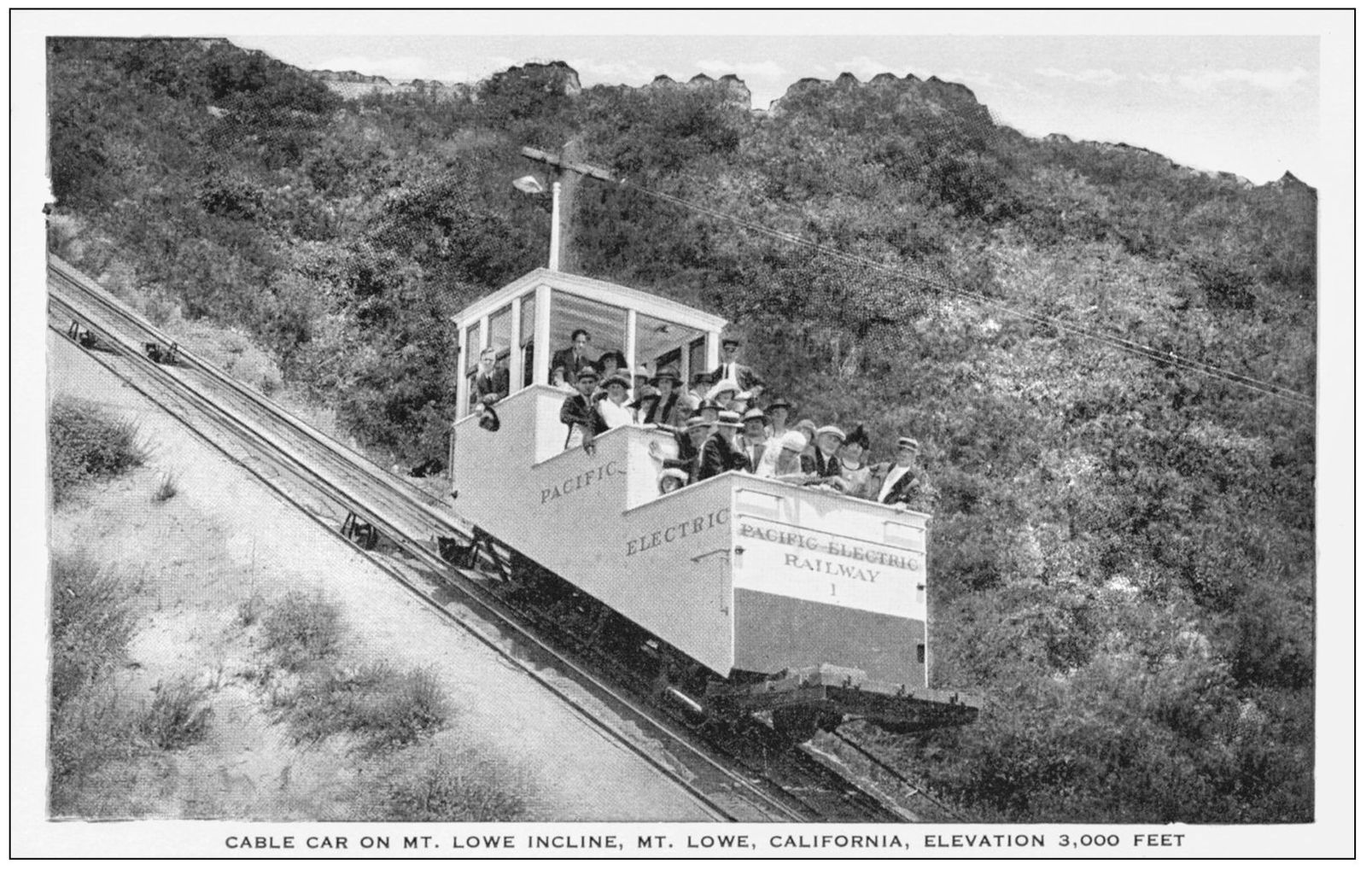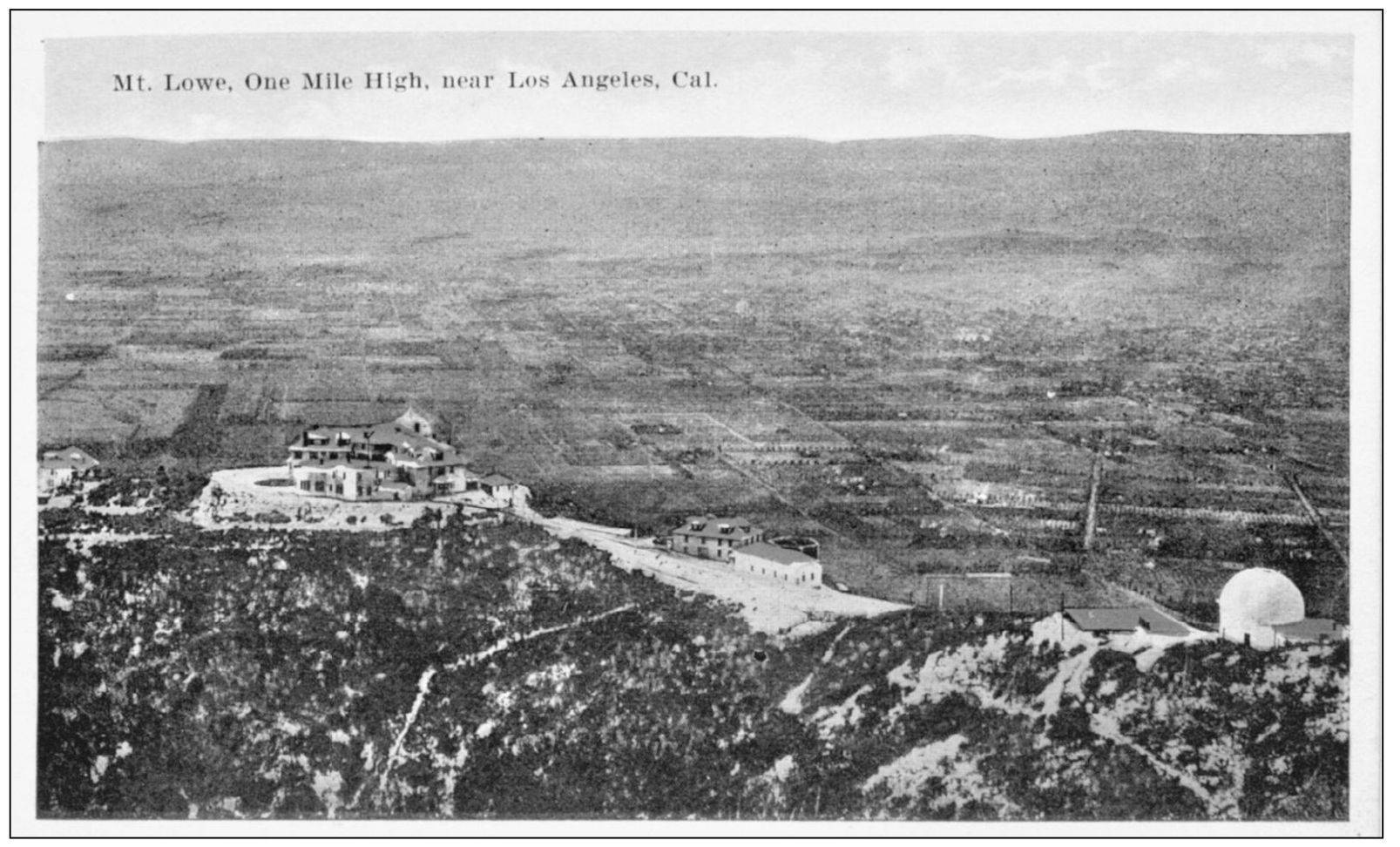This book would not exist without the support we have received from our friends and family, especially our parents.
We would also like to thank our editor, Jerry Roberts; Devon Weston, our publisher; and all of the other wonderful people at Arcadia Publishing.
All of the postcards in this book are from the authors collection.
And, in regards to Captain Spaulding, we give a special thanks.
BIBLIOGRAPHY
Case, Walter. History of Long Beach . Long Beach, CA: Press-Telegram Publishing Company, 1935.
Eberts, Mike. Griffith Park: A Centennial History . Los Angeles, CA: The Historical Society of Southern California, 1996.
Emler, Ron. Ghosts of Echo Park . Los Angeles, CA: Echo Park Publishing Company, 1999.
Grenier, Judson, ed. A Guide to Historic Places in Los Angeles County. Dubuque, IA: Kendall/ Hunt Publishing Company, 1978.
History Division of the Los Angeles County Museum. Los Angeles 19001961 . Los Angeles, CA: The Division, 1962.
Mackey, Margaret Gilbert. Going Places in and near Los Angeles . Los Angeles, CA: Goodwin Press, 1947.
Moran, Tom, and Tom Sewell. Fantasy by the Sea . Culver City, CA: Peace Press, 1980.
Phillips, Alice. Los Angeles: A Guide Book . Los Angeles, CA: The Neuner Company, 1907.
Robinson, W. W. The Story of Pershing Square . Los Angeles, CA: Title Guarantee and Trust Company, 1931.
Roderick, Kevin. Wilshire Boulevard: Grand Concourse of Los Angeles . Santa Monica, CA: Angel City Press, 2005.
Seims, Charles. Mount Lowe: The Railway in the Clouds . San Marino, CA: Golden West Books, 1976.
Taylor, Katherine Ames Taylor. The Los Angeles Tripbook . New York: The Knickerbocker Press, 1928.
Torrence, Bruce T. Hollywood: The First Hundred Years . New York: New York Zoetrope, 1982.
Van Tuyle, Bert. Know Your Los Angeles . Los Angeles, CA: Know Your California, 1938.
Workers of the Writers Program of the Works Project Administration. Los Angeles: A Guide to the City and Its Environs . New York: Hastings House, 1951.
Find more books like this at
www.imagesofamerica.com
Search for your hometown history, your old
stomping grounds, and even your favorite sports team.
One
MOUNT LOWE
This birds-eye view shows the Mount Lowe Railway and resort, built by Thaddeus S. C. Lowe in the 1890s. One of Southern Californias most popular attractions, the railway journey consisted of three parts. The first was by streetcar to Rubio Canyon, at the base of the mountain. There passengers transferred to a cable incline, seen at the bottom right corner, which would carry them up to the Echo Mountain resort. From here, tourists could travel on to Ye Alpine Tavern via a narrow-gauge rail line. The scenic mountain route, with landmarks such as the Granite Gate, Horseshoe Curve, and the Circular Bridge, can be seen winding up the mountain in the middle of the image.
This view shows the Rubio Hotel and Pavilion, located at the terminus of the Rubio Division streetcar line, where passengers transferred to the cable incline. Opened in 1893, the 10-room hotel occupied the upper floors, while the lower part of the structure was used as a dining room. This lower section was removed by 1903 because of flooding, and the hotel, used by that time only as a station office, was washed away in a 1909 storm.
While visiting Rubio Pavilion and Hotel, visitors could explore Rubio Canyon using a series of wooden stairways and paths constructed by Lowe. These walkways allowed tourists to view such scenery as Mirror Lake and several waterfalls. At night, Japanese lanterns were lit throughout the canyon above the pavilion.
This 1906 postcard shows passengers on their way to Rubio Canyon, with the waiting trolley car in the background. While the flowers were in bloom, the trolley would often stop so visitors could gather poppies. The trip from Pasadena to Rubio Canyon traveled along what is now Lake Avenue.
The passengers seen here are transferring from the Rubio Division trolley to the incline railway that would carry them to the summit of Echo Mountain. The incline cars, known as opera cars because of their resemblance to an opera box, were specially designed for the incline grade. Souvenir photographs were commonly taken at both the base and the summit of the incline by Charles Lawrence, official Mount Lowe photographer for 30 years.
This postcard shows passengers about to ascend the incline. Andrew Hallidie, the pioneer of cable car engineering in San Francisco, was hired by Thaddeus Lowe to design and produce all the cables and mechanisms for his incline. Officially opened July 4, 1893, the 3,000-foot cable incline was regarded as one of the engineering feats of the century. Powered by electricity, the ascending trip took only about six minutes.
Thaddeus Lowe, who financed the Mount Lowe construction primarily from his own pocket, was eventually forced to sell when he could no longer meet his payments. In 1902, the operation passed into the hands of the Pacific Electric Railway. Seen in this postcard is one of the boxier incline cars Pacific Electric purchased to replace the aging opera cars.
Shown here is an overlook of the summit of Echo Mountain and the San Gabriel Valley below. The summit resort was known as the White City, as the white-painted buildings were illuminated with hundreds of lights each night, making them visible throughout the region. To the far left is the Chalet, a 12-room hotel that opened with the incline in 1893. The largest structure, opened in 1894, was Echo Mountain House, a 70-room resort hotel. Also located on the summit were the Casino (used for social gatherings), the powerhouse, a zoo, and, at far right, the Observatory.

